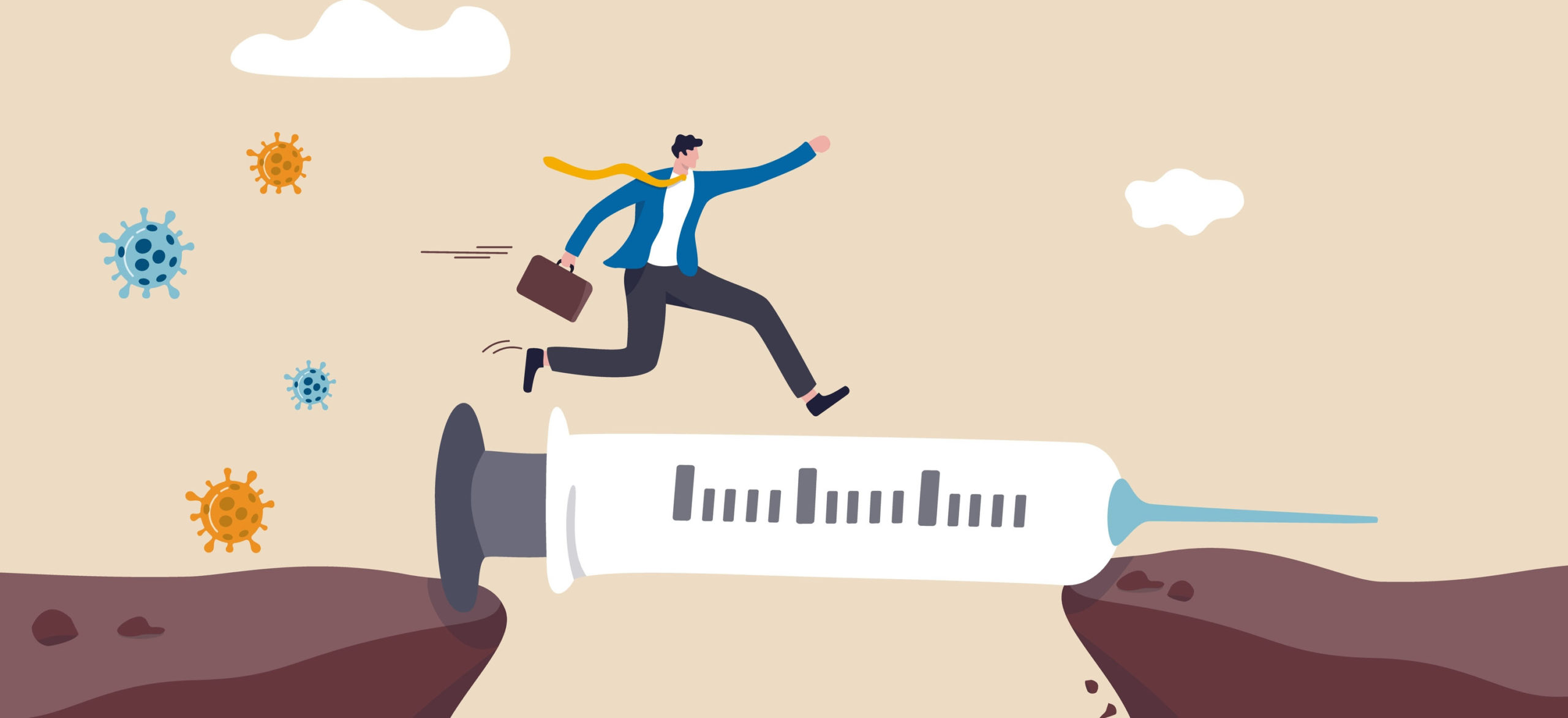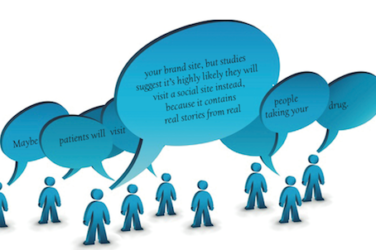The relationship between patients and healthcare has seen quite an evolution over the course of the pandemic. While leaps in technology made some things easier, gaps were exposed where improvement is still needed. For life sciences marketers, it’s clear more work can be done to improve patient trust, understanding, and support.
Patient trust in pharma has never been great, but vaccine hesitancy shone new light on the issue. According to a survey Deloitte’s U.S. and UK Centers for Health Solutions conducted in January 2021, 50% of U.S. respondents strongly disagree with the statement, “I trust pharmaceutical drug companies.” Only 25% strongly agreed, while that number was much higher in the UK (62%), India (89%), and South Africa (65%).
“Our society today is divided into believers who accept scientific claims are fact and non-believers who remain skeptical,” offers Vineet Thapar, Global President, ScienceAffinity. “Marketers can help imagine a better patient experience by creating common ground for both. For example, instead of leading with commercial claims, lead with the evidence—how a particular concept is delivering value. Furthermore, using relevant experts to speak on behalf of the science and deliver clear and complete thoughts can help bridge the gap.”
In its survey on “Reimagining Patient Engagement in a Post-COVID World,” Snow Companies observed issues around vaccine attitudes and the need to overcome trust deficits. But as Senior Director, Research & Insights David Reissner explains, sometimes you have to go beyond cold-hard facts.
“As an industry devoted to the scientific method, our default response to such a lack of information or an abundance of misinformation is to offer compelling data to ‘set the record straight.’ But to reach people in the real world, data by itself is not enough,” Reissner says. “We need to start getting comfortable with narrative techniques to support messages that are based on sound data.”
That requires reaching people with relevant messages, but in a survey of more than 1,200 patients by DeepIntent, just 35% of patients found pharma ads to be relevant. Notably, 50% said they rarely or never found pharma ads applicable.
“It’s in the best interests of life sciences companies—and patients—to address this gap with more targeted advertising that empowers substantive conversations and builds trust between providers and patients,” says DeepIntent CEO Chris Paquette. “Just about half of patients feel well-informed about their medical treatment options before seeing a doctor, and well-crafted and targeted consumer advertising leveraging cutting-edge technology like machine learning can materially boost the patient experience.”
Understanding Patients Better
To better engage with patients, pharma must better understand them. While many companies develop patient journeys to accomplish this, David Davidovic, Founder, pathForward, says that might not be the best approach since these models are often rejiggered versions of what used to be called “buying process” or “decision flows” from the perspective of the life sciences company.
“These models focus on observable behaviors, such as when patients enter the healthcare system, when a decision is made, and what decision paths are followed,” Davidovic explains. “This is useful for strategic and tactical planning but it is not the patient’s experience, which is characterized by beliefs, fears, attitudes, motivations, concerns, and other factors. Patients are multi-dimensional and have a lot going on—understanding them from their perspective is critical.”
Denise Esakoff, SVP, Strategic Performance & Analytics, Sharecare, suggests that to understand patients in a deeper, more holistic way, you must learn how an individual’s needs, experience, motivations, background, environment, and access to healthy nutrition and education may impact their health.
“Once a deeper patient understanding has been achieved, marketers can leverage sophisticated technologies and data integration to appropriately build patient segments that are true to the patient experience and activate patients with the right messaging for where they are in their health journey,” Esakoff says. “By using first-party health data such as condition diagnosis, disease progression stage, and treatment status, layered with social determinants of health (SDoH) data and real-world evidence derived from artificial intelligence, marketers can reach the right patient segments with actionable content that will move the needle.”
Marketers also must make sure they are reaching patients with messages that they can understand.
“Expanding patient access to information and support without prohibitive expense while using straightforward language are two essential areas that life sciences can improve to enhance patient literacy,” says Jeff Garshon, VP of Healthcare Provider Services, InStep Health. “Access can be significantly enhanced by putting complimentary tactile materials in offices while also delivering digital messaging in easy-to-understand terms. It also means providing HCPs with tools to communicate with patients who have diverse backgrounds.”
Expanding Patient Support Programs
Beyond more relevant information, the pandemic also made it clear patients could use further support from pharma.
“Patients are looking to the industry for ways to alleviate the stress associated with their disease and medication management,” says Kamini Anbil, Associate Consultant, ZS Associates. “Pharma should consider investing more in ‘with-the-pill’ resources (e.g., side effects/symptom trackers, treatment brochures), as well as ‘beyond-the-pill’ resources (e.g., transportation/lodging service, diet and exercise tools, emotional and stress management). Additionally, it’s critical pharma creates a more seamless experience for patients to enroll in financial assistance, such as enabling quick confirmation of patient eligibility for medication, allowing others to submit application for enrollment, and providing rapid responses to insurance coverage questions.”
The advancement of telehealth and other virtual services have also provided the life sciences with an avenue to provide more value to patients.
“Through today’s telehealth offerings, we have the ability to move patients, in one touch, from an exposure to a healthcare treatment communication to a doctor who can advise on the appropriateness of that treatment and even prescribe,” says James Talerico, President & Executive Creative Director, Heartbeat. “And once our patient and docs have virtually engaged, we should keep them in contact and committed through AI-enabled content streams that advance our treatment programs well beyond the pill.”
The explosion of these types of virtual and digital offerings during the pandemic have also raised patient’s expectations—and the life sciences must rise to the occasion.
“All the things that industry has worked so hard to design and implement—patient assistance programs, copay support, hub programs—must be rethought to ensure they can fit more naturally into patients’ lives,” explains Amy Hutnik, General Manager, Agency, Advisory & Evidence Services, EVERSANA. “As an industry, we must ensure we’re making access to therapies and programs as simple as possible for a diverse patient population. Whether it’s easy-to-subscribe text messages for prescription refills or free mobile apps, the life sciences industry must continue to think like the Uber and Amazon’s of the world, where you expect seamless yet secure experience. We’ve made great strides in the past 18 months, but we can do so much more.”








